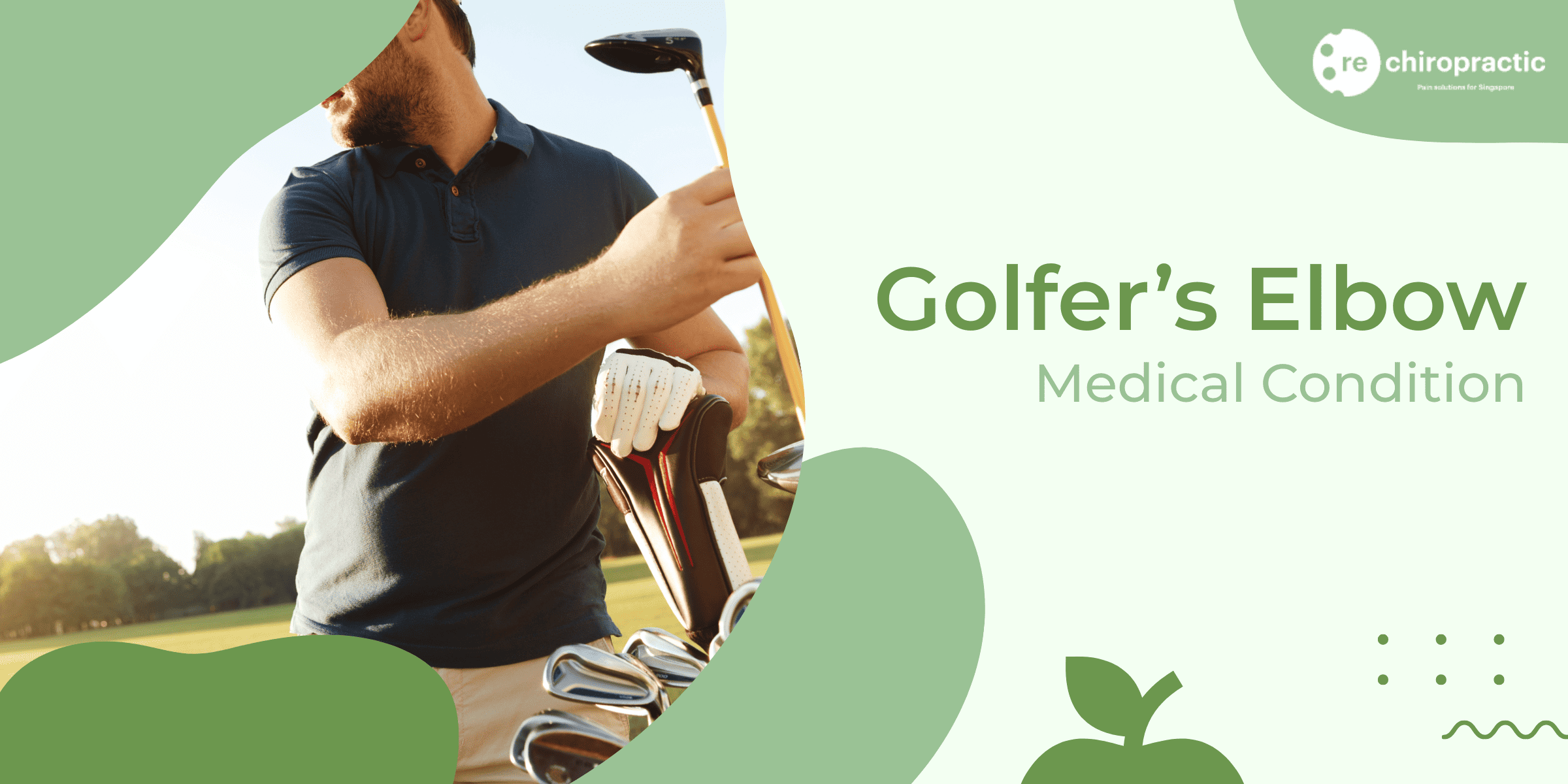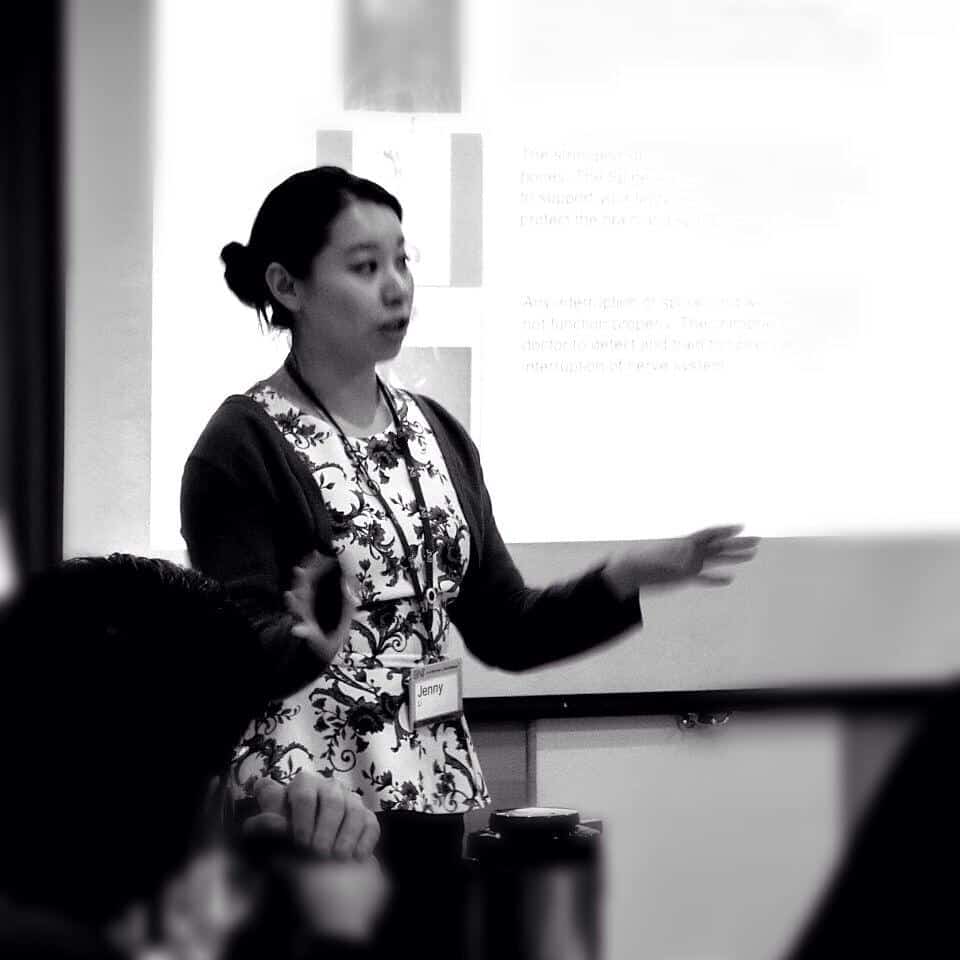
Golfer’s Elbow: Understanding the Painful Condition
Golfer’s elbow, medically known as medial epicondylitis, is a common condition that causes pain and discomfort on the inner side of the elbow. Despite its name, this condition can affect not only golfers but also individuals who engage in repetitive gripping or wrist flexion activities.
The condition gets its name from the fact that it is often experienced by golfers due to the repetitive motion involved in swinging a golf club. However, anyone who performs activities that involve repetitive wrist movements, such as throwing, lifting, or even typing, is susceptible to developing golfer’s elbow.
Golfer’s elbow is characterized by inflammation and microtears in the tendons that connect the forearm muscles to the bony bump on the inside of the elbow. This can result in pain, tenderness, and stiffness in the affected area. The pain may radiate down the forearm and can be exacerbated by activities that involve gripping or flexing the wrist.
It is important to note that golfer’s elbow is different from tennis elbow, which affects the tendons on the outside of the elbow. While both conditions share similar symptoms, they occur in different locations and are caused by different repetitive motions.
Symptoms & Different Stages of Golfer’s Elbow
Golfer’s elbow is a common condition that affects the tendons in the inner side of the elbow. Here are some symptoms:
- Pain and tenderness: The most common symptom of golfer’s elbow is pain and tenderness on the inner side of the elbow. This pain may radiate down the forearm.
- Weakened grip strength: Individuals with golfer’s elbow may experience a weakened grip strength, making it difficult to perform everyday tasks that involve gripping or lifting objects.
- Stiffness: Stiffness in the elbow joint is another common symptom. This may make it challenging to fully extend or flex the arm.
- Numbness or tingling: In some cases, golfer’s elbow can cause numbness or tingling in the fingers, especially the ring and pinky fingers.
It is important to note that golfer’s elbow can progress through different stages, each with varying levels of severity:
- Stage 1: In the early stage, individuals may experience mild discomfort and pain after activities that involve gripping or flexing the wrist. The pain usually subsides with rest.
- Stage 2: As the condition progresses, the pain becomes more persistent and may occur during activities that involve the affected arm. The pain may also radiate down the forearm.
- Stage 3: In the advanced stage, individuals may experience severe pain that persists even at rest. Simple tasks like shaking hands or lifting objects can become extremely painful and challenging.
If you are experiencing any of these symptoms, it is important to pay attention to the severity and duration of the pain. Mild discomfort that subsides with rest can often be managed with self-care measures. However, if the pain is severe, persistent, or significantly affects your daily activities, it is recommended to consult a healthcare professional for a proper diagnosis and treatment plan.
Most Common Causes of Golfer’s Elbow
Golfer’s elbow can affect anyone who repetitively uses their wrists or clenches their fingers, leading to strain on the tendons. Here are some common causes:
- Repetitive Movements: Engaging in repetitive activities that involve gripping, twisting, or flexing the wrist can strain the tendons and lead to golfer’s elbow. This includes not only golf swings but also activities such as throwing, chopping wood, or using hand tools.
- Improper Technique: Poor form or technique during physical activities can put excessive stress on the tendons, increasing the risk of developing golfer’s elbow. It is important to maintain proper body mechanics and technique to minimize strain on the tendons.
- Overuse: Overusing the forearm muscles without allowing sufficient time for rest and recovery can contribute to the development of golfer’s elbow. This is common among individuals who participate in repetitive sports or occupations that require frequent use of the forearm muscles.
- Aging: As we age, the tendons become less flexible and more prone to injury. Golfer’s elbow is more prevalent in individuals over the age of 40 due to the natural degeneration of tendons over time.
- Previous Injury: A previous injury to the elbow or forearm can weaken the tendons, making them more susceptible to developing golfer’s elbow. It is important to properly rehabilitate and strengthen the affected area after an injury to prevent future complications.
Understanding the typical causes of golfer’s elbow can help individuals identify potential risk factors and make necessary lifestyle modifications to prevent or manage the condition. If you are experiencing symptoms of golfer’s elbow, it is advisable to consult with a chiropractic health expert who can provide personalized treatment options and guidance.
How bad can Golfer’s Elbow get?
- Chronic pain: If left untreated, Golfer’s Elbow can progress to chronic pain, which can severely impact the individual’s daily activities and quality of life. The pain may become constant and may worsen with any movement of the affected arm.
- Decreased range of motion: As the condition progresses, the individual may experience a significant decrease in their range of motion. Simple tasks such as gripping objects, shaking hands, or even turning a doorknob may become difficult and painful.
- Weakness: The affected arm may become weak, making it challenging to perform tasks that require strength, such as lifting or carrying objects.
- Difficulty with fine motor skills: Golfer’s Elbow can also affect fine motor skills, making activities that require precision, such as writing or typing, more challenging.
- Sleep disturbances: The constant pain and discomfort associated with Golfer’s Elbow can disrupt sleep patterns, leading to fatigue and decreased overall well-being.
- Functional limitations: In severe cases, Golfer’s Elbow can significantly limit an individual’s ability to perform their job or participate in sports and recreational activities.
- Psychological impact: Living with chronic pain can take a toll on a person’s mental health, leading to feelings of frustration, anxiety, and even depression.
If left untreated, Golfer’s Elbow can progress to a debilitating condition that significantly affects an individual’s daily life. Seeking early intervention and appropriate treatment, such as chiropractic care, can help prevent the condition from worsening and improve overall outcomes.
Chiropractic for Golfer’s Elbow
Chiropractic care can be highly beneficial for individuals suffering from Golfer’s Elbow. By addressing the underlying causes of the condition and providing targeted treatment, chiropractors can help alleviate pain, restore function, and promote healing. Here are some ways in which chiropractic care can aid in the management of Golfer’s Elbow:
- Spinal adjustments: Chiropractors are skilled in performing spinal adjustments, which involve applying controlled force to specific joints in the spine. These adjustments can help improve joint mobility, reduce inflammation, and relieve pressure on the affected area.
- Soft tissue therapy: Chiropractors may use various soft tissue techniques, such as massage, myofascial release, and stretching exercises, to target the muscles and tendons affected by Golfer’s Elbow. These therapies can help reduce muscle tension, increase blood flow, and promote healing.
- Joint mobilization: Chiropractors may employ joint mobilization techniques to gently move the affected joint through its range of motion. This can help improve joint function, reduce stiffness, and enhance overall flexibility.
- Ergonomic and postural advice: Chiropractors can provide guidance on proper ergonomics and posture during daily activities, such as playing golf or engaging in repetitive tasks. By optimizing body mechanics, individuals can reduce strain on the affected area and prevent further injury.
- Exercise and rehabilitation: Chiropractors may prescribe specific exercises and rehabilitation programs to strengthen the muscles around the elbow, improve joint stability, and enhance overall function. These exercises can be tailored to the individual’s needs and gradually progressed as healing occurs.
It is important to note that chiropractic care should be integrated into a comprehensive treatment plan for Golfer’s Elbow, which may also include rest, ice, anti-inflammatory medications, and other interventions. Consultation with a chiropractor can provide valuable insights and personalized recommendations based on the individual’s condition and goals.
Self Help & Relief for Golfer’s Elbow
- Rest and avoid activities that aggravate the symptoms. Give your elbow time to heal and avoid any repetitive motions or heavy lifting that may worsen the condition.
- Apply ice packs to the affected area for 15-20 minutes at a time, several times a day. This can help reduce inflammation and alleviate pain.
- Use compression techniques, such as wearing an elbow brace or wrapping the affected area with a bandage, to provide support and reduce strain on the tendons.
- Elevate your arm whenever possible to reduce swelling and promote blood flow to the area.
- Perform gentle stretching exercises to improve flexibility and promote healing. Consult with a chiropractor or physical therapist for specific exercises tailored to your condition.
- Strengthen the muscles around the elbow and forearm to help alleviate stress on the tendons. This can be done through exercises using light weights or resistance bands.
- Modify your activities and technique to avoid repetitive motions or excessive force on the elbow. Seek guidance from a chiropractor or sports therapist to ensure proper form and technique in activities such as golf, tennis, or weightlifting.
- Consider using over-the-counter pain relievers, such as nonsteroidal anti-inflammatory drugs (NSAIDs), to help manage pain and reduce inflammation. However, it is important to consult with a healthcare professional before taking any medication.
- Explore alternative therapies, such as acupuncture or massage therapy, which may provide additional relief and promote healing.
It is important to note that while these self-help methods can provide temporary relief, they may not address the underlying cause of golfer’s elbow. If your symptoms persist or worsen despite these measures, it is recommended to seek professional care from a chiropractor or healthcare provider experienced in treating musculoskeletal conditions. They can provide a comprehensive evaluation, develop a personalized treatment plan, and offer additional therapies such as chiropractic adjustments, soft tissue mobilization, or rehabilitative exercises to effectively address golfer’s elbow and promote long-term recovery.
When to Seek Medical Attention for Golfer’s Elbow
If you are experiencing persistent pain and discomfort in your elbow, it is important not to ignore these symptoms. Golfer’s elbow can significantly impact your daily activities and quality of life, and it is not something you should endure or live with. Seeking medical attention is crucial for proper diagnosis and treatment.
If you have been experiencing symptoms such as pain, tenderness, or stiffness in your elbow that lasts for more than a few days, it is recommended to consult a healthcare professional. They can evaluate your condition and determine the best course of treatment.
Additionally, if you notice any of the following signs, it is important to seek immediate medical attention:
- Severe pain or swelling in your elbow
- Inability to move your elbow or perform simple tasks
- Numbness or tingling sensation in your arm or hand
- Signs of infection, such as redness, warmth, or pus
Remember, early intervention and proper treatment can help alleviate the symptoms and prevent further complications. A healthcare professional, such as a chiropractor, can provide a comprehensive assessment and develop a personalized treatment plan to address your specific needs.
Don’t let golfer’s elbow limit your daily activities or hinder your performance. Seek medical attention and take the necessary steps towards recovery and pain relief.

Dr. Jenny Li is America trained chiropractor who specialises in sports injury, sports performance, and spinal health. She graduated from Palmer College of Chiropractic in United States, upon completion of the her post graduate program she practiced in Hong Kong and currently is practicing in Singapore.

